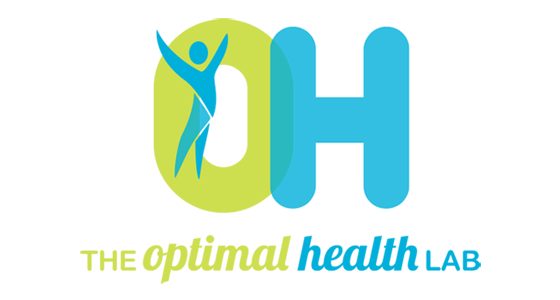Scoliosis is characterized by an abnormal lateral curvature of the spine, which can occur in the neck, midback or lower back regions. The spine normally has natural curves in the sagittal plane, but scoliosis involves a three-dimensional deformity that includes lateral curvature and vertebral rotation. This condition can affect the alignment and function of the spine, rib cage, and pelvis, leading to a convex and concave hemithorax. Scoliosis is most often diagnosed in childhood or early adolescence, typically between the ages of 10 and 15. However, it can also develop in infancy or early childhood, and in some cases, it may not be diagnosed until adulthood. The condition affects both genders equally, although severe cases are more common in females.
Patients with scoliosis may present with uneven shoulders, a prominent shoulder blade, uneven waist, or a leaning posture. In more severe cases, scoliosis can cause back pain, difficulty standing upright, and core muscle weakness. Symptoms can vary depending on the severity and location of the curvature, and in some cases, scoliosis may be asymptomatic. The combination of a clinical assessment and potentially an x-ray is the normal first step in screening for this condition.
Differential diagnoses for scoliosis include conditions such as kyphosis, lordosis, and other spinal deformities. It is important to distinguish between structural scoliosis, which involves a fixed curve, and non-structural (functional) scoliosis, which is a temporary curvature that can be corrected with bending or changes in posture. Other conditions that may present with similar symptoms include spinal tumours, infections, and neuromuscular disorders.
Physiotherapy is essential in the assessment and care for scoliosis, focusing on improving posture, strength, and flexibility. Treatment may include exercises to strengthen the core and back muscles, manual therapy to improve spinal movements, and education on proper body mechanics. In some cases, bracing may be recommended to prevent further progression of the curvature. Severe cases of scoliosis may require surgical intervention to correct the spinal deformity and improve function.
If you are suspicious scoliosis could be present in your child and/or yourself, please reach out to us via 9431 5955 and/or you can book a Physiotherapy appointment via Client Portal.
